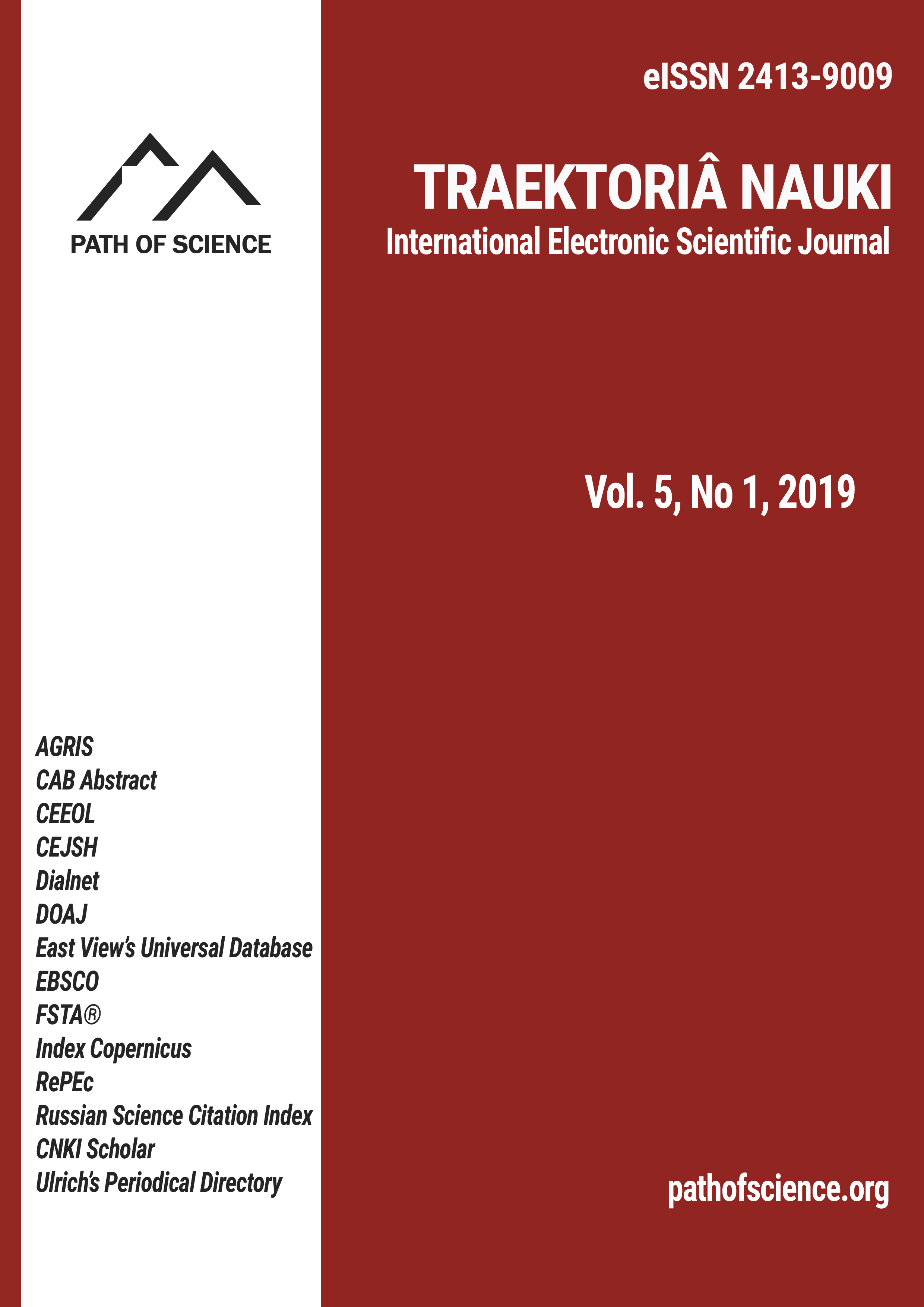Модель інформаційно-комунікативного впливу суб’єктів забезпечення національної безпеки на джерело загроз
The Model of Informational and Communicative Influence of the Subjects of Ensuring National Security on the Source of Threats
Author(s): Oleksandr Komisarov, Leontii Chystokletov, Valerii Shyshko, Oleksandra Khytra, Kateryna KostovskaSubject(s): Civil Law
Published by: Altezoro, s. r. o. & Dialog
Keywords: the subject of security; informational and communicative influence; national security; source of threats; emergency;
Summary/Abstract: The purpose of the article is to study and develop the main approaches to forming the model of informational and communicative influence of the subjects of ensuring national security in modern states on the source of threats (in response to crisis and emergency situations). On the basis of analysis of literary sources it was determined that the characteristics of the informational and communicative model as the influence of the subjects of ensuring national security on the source of threats presupposes defining its specific features, namely: 1) the existence of the common communicative space; 2) the activity of participants of communication process as subjects of mutual information process, sending information, one participant of communication involves the activity of another, who should also be guided by the motives, goals, intentions of his partner and analyze them appropriately; 3) the activity of the subjects of communication involves an informal “movement of information”, and an active exchange of it; 4) in the process of communication there can be mutual understanding (misunderstanding), which is achieved by the presence of feedback, as well as by the importance of information, provided that the information is not simply received, but also comprehended; 5) the nature of the exchange of information is determined by the possibility of the mutual influence of partners through the system of signs; 6) the effectiveness of communication is measured by the im-portance of the mutual influence of partners; 7) communicative influence is possible only if the person , sending information (communicator) and the person receiving it (the recipient) have a common or similar system of codification and decoding; 8) communication participants should identically understand the situation of dialogue (communication, negotiations; 9) communicative barriers may occur during the information exchange.It was established that informational and communicative influence of the subjects of ensuring national security on the source of threats should be understood as the influence of manipulative nature, not only during communication, but even at distance (overalls, special means, gestures, facial expressions, poses, etc.), due to which it is possible to predict the actions of the offender, as well as further changes in his possible behavioral manifestations in order to prevent and stop illegal actions, where it is obligatory to take into account the qualities which can acquire positive or negative manifestations.
Journal: Traektoriâ Nauki
- Issue Year: 5/2019
- Issue No: 01
- Page Range: 3001-3011
- Page Count: 11
- Language: Ukrainian

